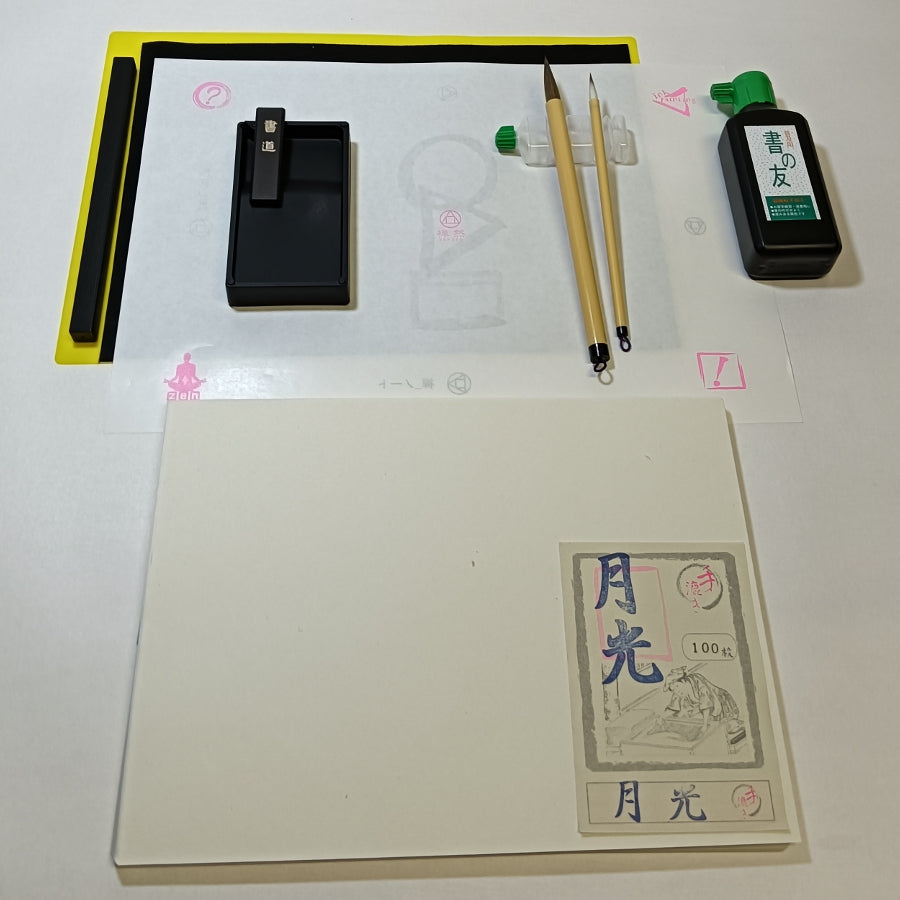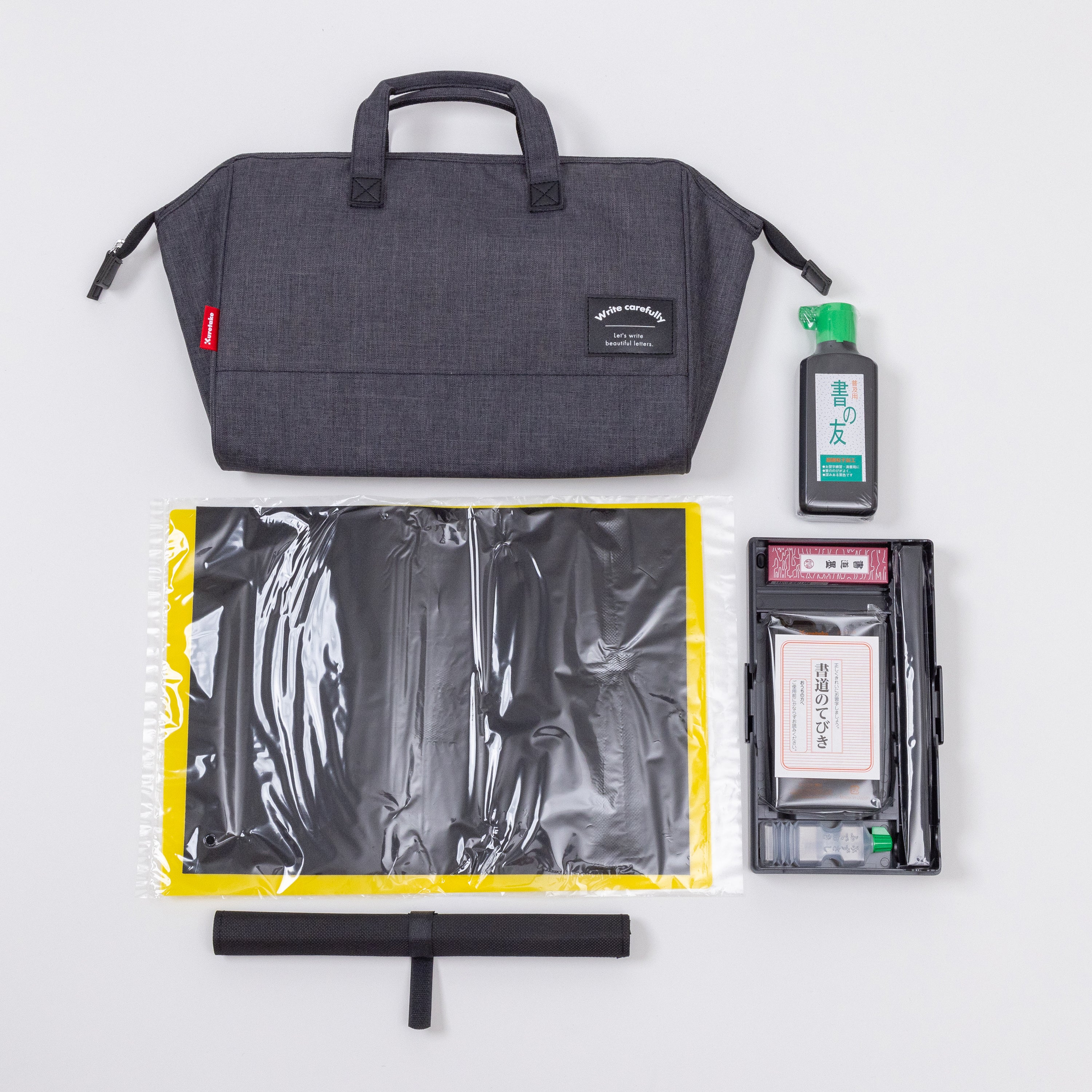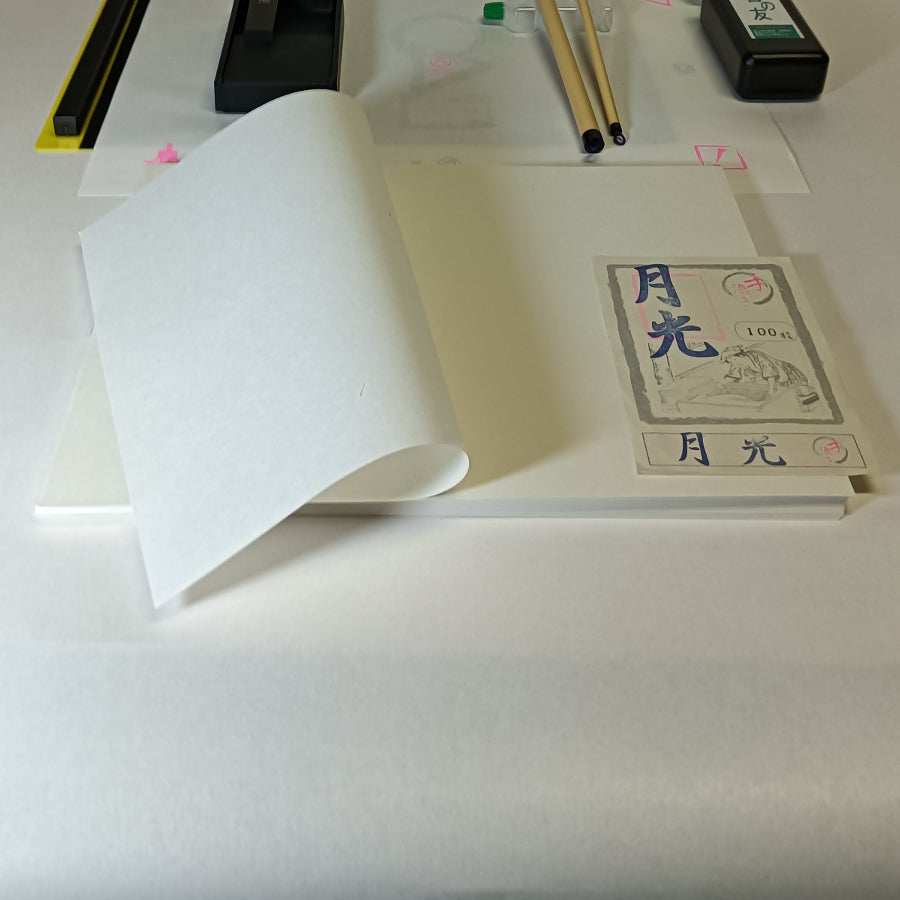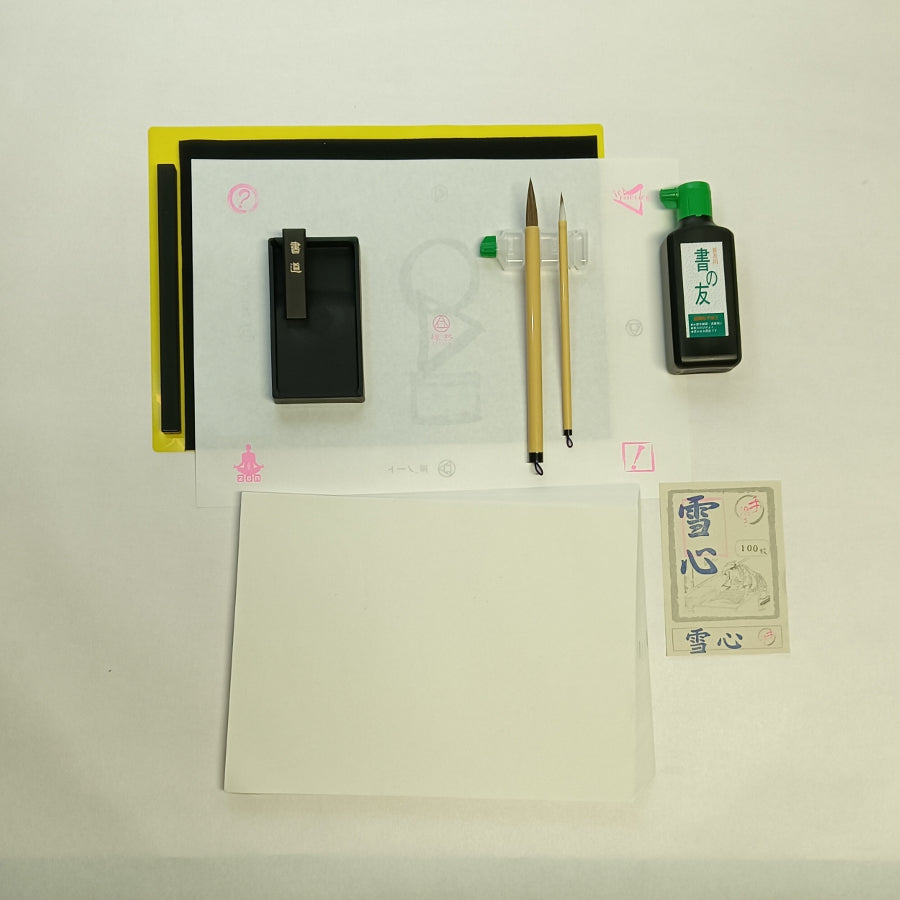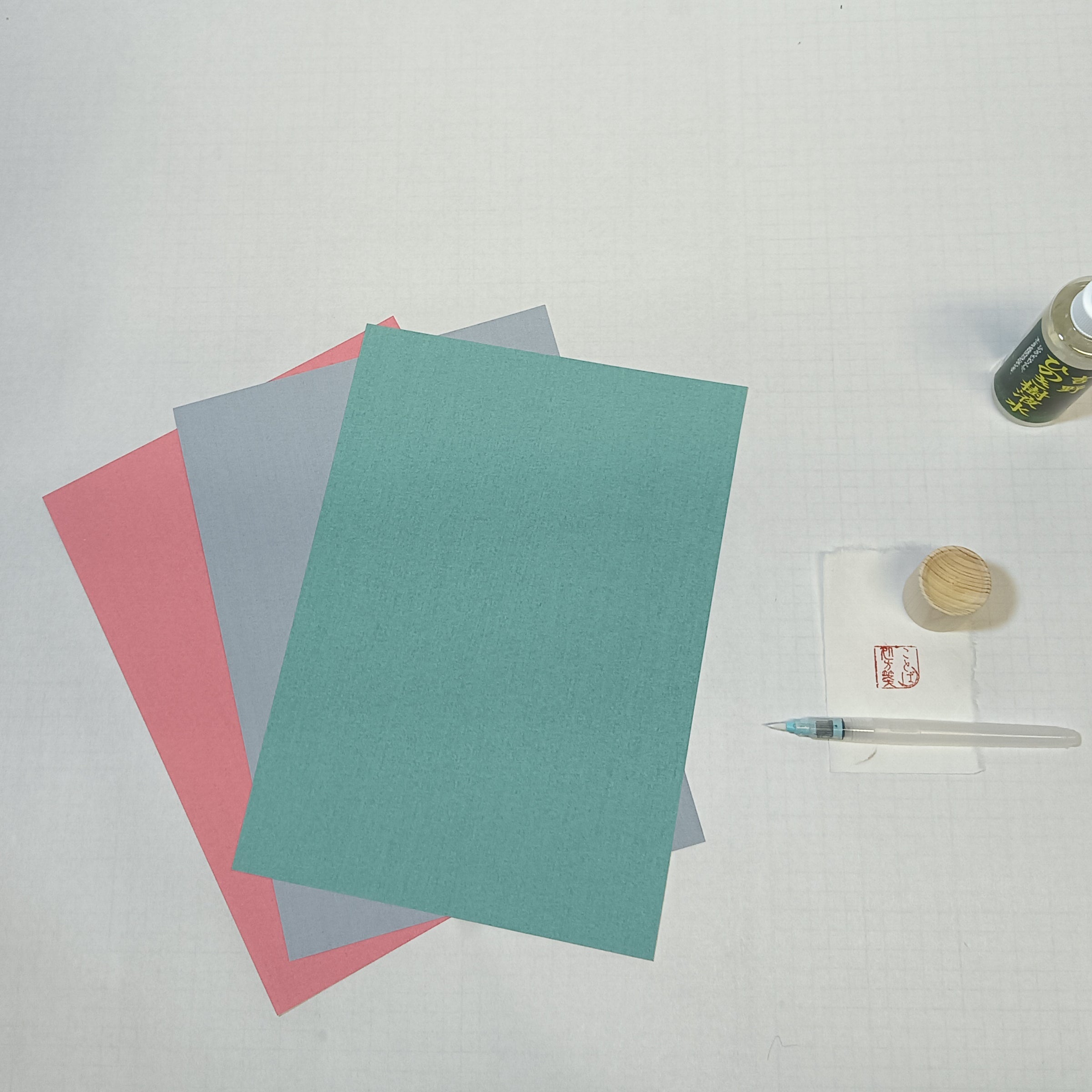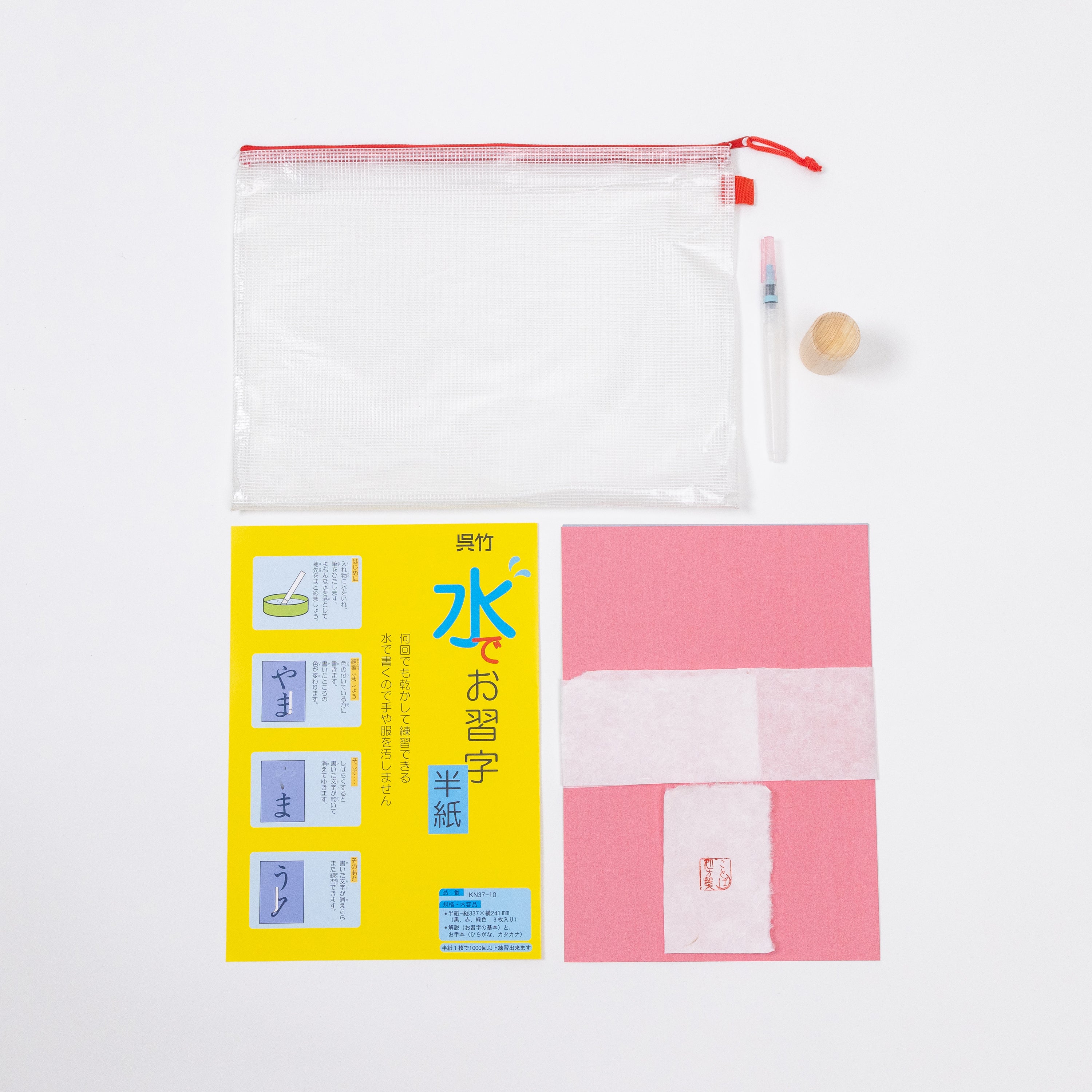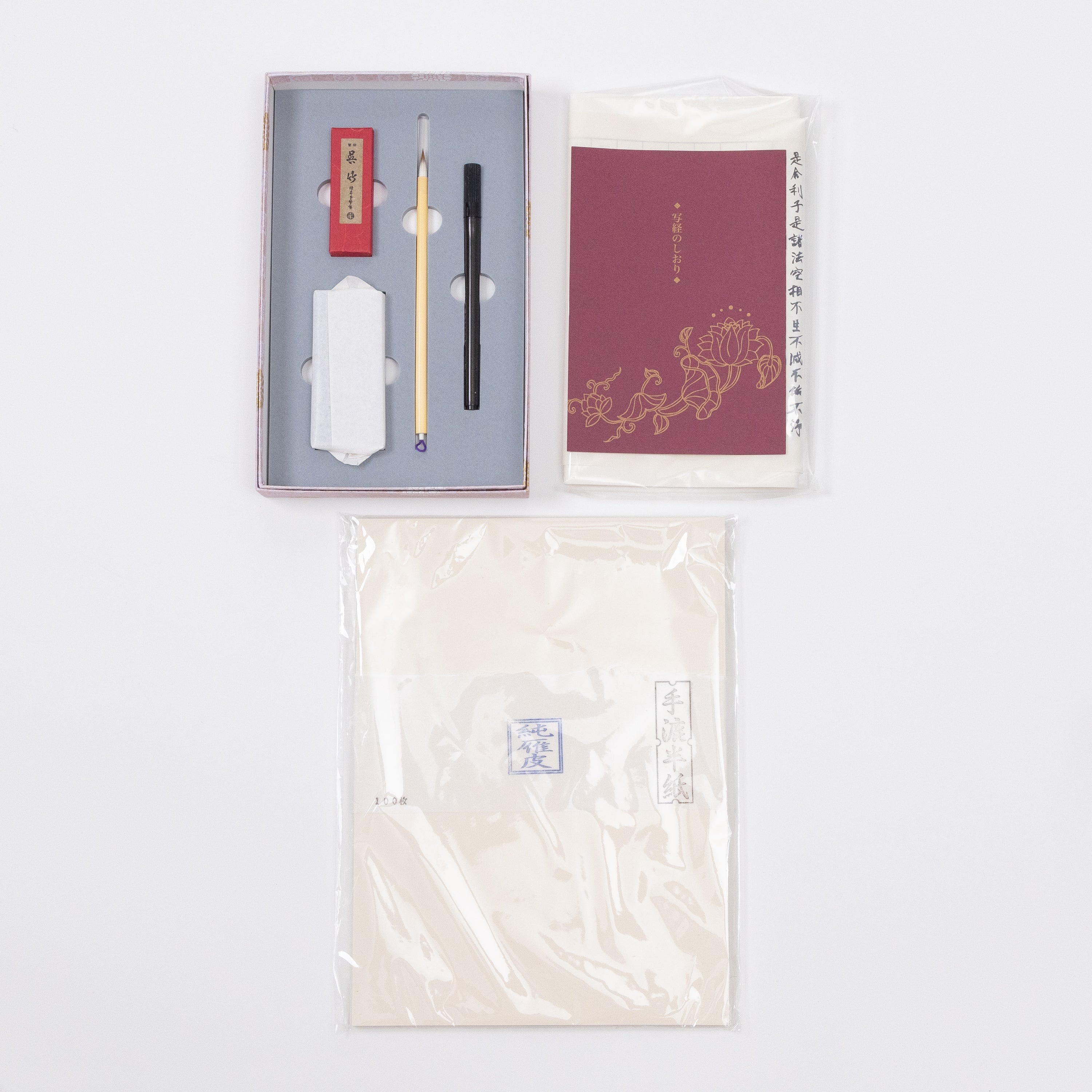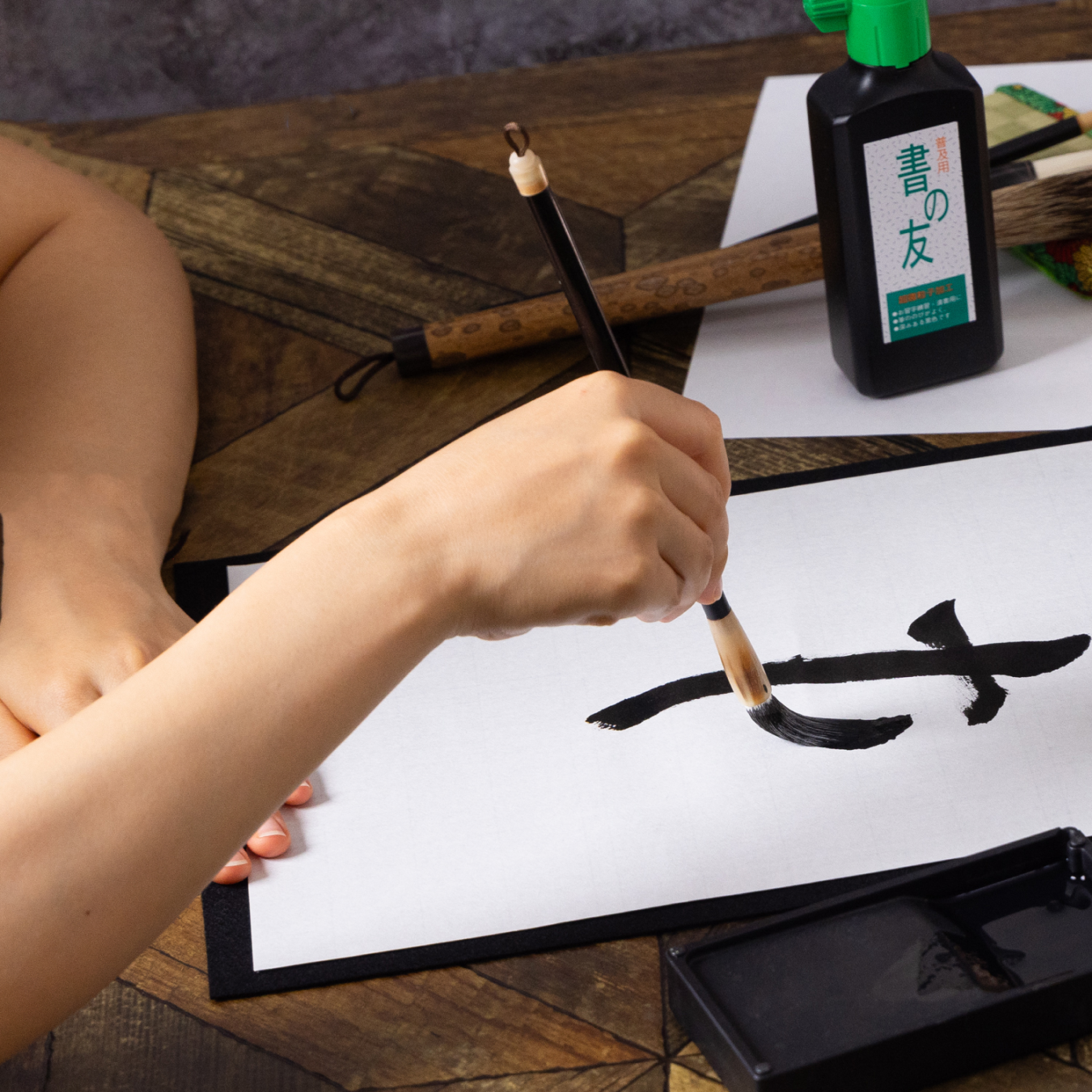Section Introduction: Zen painting and Calligraphy
Zen painting, known as "Zenga" (禅画) in Japanese, is an art form rooted in Zen Buddhism. It emphasizes simplicity and spontaneity, reflecting the principles of Zen.
Key Features:
Simplicity and Minimalism: Zen paintings are often minimalistic, using bold brush strokes and few details.
Common Subjects: Nature (bamboo, birds), Circle(〇,enso), and calligraphy.
Medium: Typically black ink on white paper or silk.
Purpose:
Meditative Practice: Creating Zen art is a form of meditation, aimed at achieving a state of "no-mind" (無心, mushin), free from ego and intellectual thought.
Expression of Zen Philosophy: The paintings express the artist's inner state and Zen teachings.
Viewing Zen Art:
Open Mind and Quiet Heart: Appreciate the simplicity and underlying meaning in each stroke and space, reflecting the Zen belief that less is more.
Zen painting is not just about the visual; it’s a spiritual and philosophical expression of Zen Buddhism, highlighting simplicity, mindfulness, and the beauty of imperfection.
Japanese calligraphy, known as "Shodo" (書道), is the art of beautiful writing using Japanese characters. It combines visual artistry with deep cultural and philosophical significance.
In Ancient China, calligraphy was considered a necessary accomplish.
ment of scholars. In the 4th century Chinese poetry written in calligraphy
were considered works of art. Paintings including images, poetry and
calligraphy were brought to Japan by Chinese priests and spearheaded
art in the 12th century.
